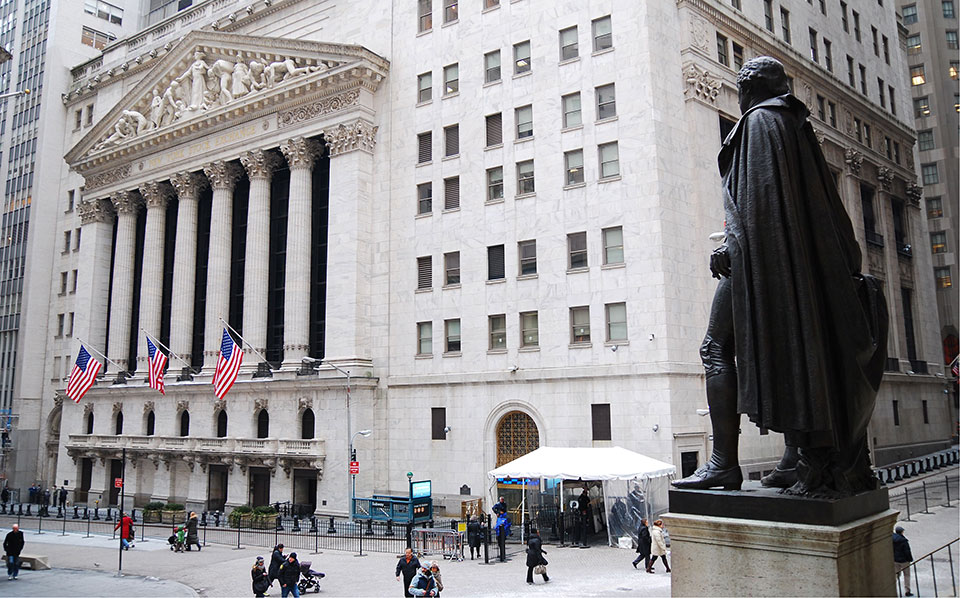Rising Private Sector Debt Leads to Rising Inequality – Here’s Why, and How to Fix It

Recent debates surrounding President Biden’s plan for government spending on infrastructure has refocused attention on public debt, but the sleeping and dangerous debt giant is really private debt.
American households were drowning in debt before the COVID-19 crisis, and now they’re deluged by it. Household debt today totals $17.5 trillion, up 320 percent in relation to income from 1950. The “debt service ratio,” which estimates the payments consumers make on their debt in relation to their income, is roughly 30 percent higher now than it was in the 1950s and 1960s, the two most vibrant growth decades in the post-World War II era.
These levels have grown so high that they’re asphyxiating many households and stifling economic growth. In my investigations of household debt, it wasn’t uncommon to find families with all of the following: mortgage debt as great as or greater than the value of their home; student loans still outstanding for parents who are now freighted with student loans for their children; and large debts tied to unexpected healthcare expenses. Families with high debt are far less able to pay for their own children’s college, refurbish their homes, buy appliances, or start new businesses — the very things that power an economy.
The high burden of this private sector debt has also been an underlying issue in several of our recent, and worst, social and economic problems. Runaway household mortgage debt brought the 2008 global economic crisis. The ensuing slow GDP growth largely resulted from the residual burden of this crisis debt, and some commentators believe it helped kindle the discontent that led to Donald Trump’s election in 2016. Since minority communities have disproportionately felt the private debt burden, it has also exacerbated racial injustice.
Rising debt has been a key element of rising inequality, which has increased markedly from a Gini coefficient of 0.40 in 1980 to 0.48 in 2019 (on a range from 0 to 1). Average-to-lower-income individuals have borne the disproportionate brunt of rapid debt growth, creating a debilitating cycle that has increased inequality.
The data from the Federal Reserve’s Survey of Consumer Finances indicates the trends. From 1989 to 2019, the debt of U.S. households with net worth in the 1 to 59.9 percentile increased by 92 percent in ratio to their incomes. In stark contrast, households in the top 10 percentile saw debt to income rise by only 18 percent.
For this bottom 59.9 percent, their financial net worth (financial assets minus debt) has also declined from 43 percent to 24 percent of their income. For the top 10 percent, it’s a completely different story — or, more accurately, almost the same story but told in reverse. While their debt-to-income ratio increased by only 18 percent, their financial net worth has doubled from 158 percent to 335 percent of their income. The contrast could hardly be more stark.
To diminish inequality, improve American’s lives, and invigorate the economy, we need to reduce the burden of debt on households and businesses in relation to their income.
Thinking creatively, we could introduce a program to let those with student loans get debt relief in exchange for volunteer community service. We could introduce regulations that make it easier for banks to provide mortgage loan relief for loans that are underwater or in arrears due to the COVID-19 pandemic. We could introduce healthcare debt relief programs for surprise medical bills or unexpected but critical healthcare needs. We could streamline household bankruptcy laws.
Debt relief initiatives are not quixotic, impractical dreams of the soft-hearted, but a key component of a well-functioning economy.
The good news is that debt relief would bring economic renewal: Households would be financially stronger and governments, businesses, and financial institutions would be better off because those households would be stronger.
Since debt relief would bring economic renewal for households, it would benefit us all.
——————–
Written by Richard Vague. The views expressed in this book are those of the author and do not reflect the official policy or position of the Commonwealth of Pennsylvania.
Bring the best of the CEOWORLD magazine's global journalism to audiences in the United States and around the world. - Add CEOWORLD magazine to your Google News feed.
Follow CEOWORLD magazine headlines on: Google News, LinkedIn, Twitter, and Facebook.
Copyright 2025 The CEOWORLD magazine. All rights reserved. This material (and any extract from it) must not be copied, redistributed or placed on any website, without CEOWORLD magazine' prior written consent. For media queries, please contact: info@ceoworld.biz








